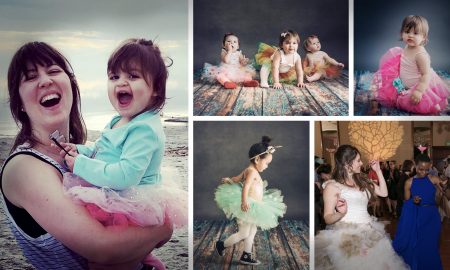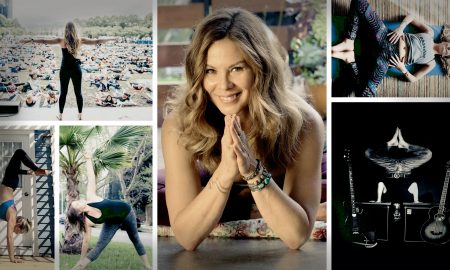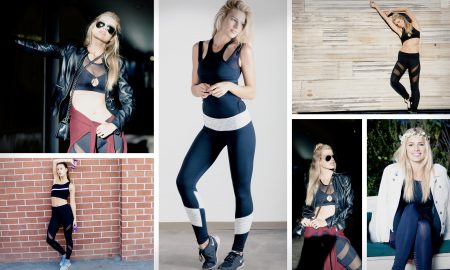

Today we’d like to introduce you to Josias Lopez.
Hi Josias, thanks for joining us today. We’d love for you to start by introducing yourself.
I’ve always made images. Recording my everyday life and fictionalizing them. My earliest memory is my family owning a VHS camera and I would go around everywhere to film. I was basically the family’s documentarian of all of our outgoings. Those tapes never got digitized so I would just hook up the camera to our TV and watch it like a movie.
The tools I had shifted to an iPod Touch where I would make silly movies with my stuffed animals. I would make them go through marriage, death, and weird existential crisis. But then, sometime after my early teenage years, I completely stopped filming. I became very invested I the religion I grew up in and sort of had to push my own interests aside to serve the church as much as I could. It wasn’t until I decided to go to college where I had to figure out what I wanted to study, which went back and forth from culinary arts, fashion design, photography, and even mortuary science. When it came time for my orientation at the community college I was going to (which for some reason, I had told them I was going to do biology), the staff wanted to make sure I was still ok with biology and something inside of me went “uh no! its film.” Dont know how I came to that conclusion but I guess my soul and spirit just activated me to say that in that moment.
During my whole undergrad experience, I was trained in a more formal narrative cinema, but experimental film/video was always my strongest suit. I was introduced to Stan Brakhage in my first year of classes because someone in my class underexposed their super 8mm film reel. The professor gave us a workaround if that were to happen, which was to scratch and paint film, then proceeded to give us a quick survey of experimental cinema. That’s when I knew I would make films that live in this experimental world.
Filmmaking became a way to show my true emotions without explicitly saying what I was going through. Growing up as a silly little gay boy in organized religion was easy until a certain age, but it became difficult quickly once I started developing my identity. I could not talk to anyone in my religious community because there was so much shame attached to being gay so it caused so many emotional disruptions in my life. Those emotions became images; images became my way to scream into the world what I felt without any consequences.
After my undergrad, I thought I had made a cute body of work, but I felt I still needed to be pushed. In my undergrad, there was little space to talk about experimental cinema. My films were always labeled as cool and experimental but followed up with how they will be sold and distributed. I needed to find a space to explore and question this work further and to push myself and my art.
Applying to grad school, I had considered AFI, NYU, and USC but when I met with my professors who had gone to those schools, they told me I wouldn’t grow as an artist in those places and directed me to art school, specifically CalArts. I had made a few more pieces of work by then so I applied to CalArts only knowing the program from their description on the website, and it sounded like a great place to explore my work. Then voila I got in. I had no idea how much I would grow once I started at CalArts.
I’m halfway through my graduate program at CalArts and have evolved more than ever. My work is now much more visibly queer rather than making obscure subtexts. This includes my first feature film, which I find crazy that I am doing, that includes both my narrative and experimental side of filmmaking.
I make video installations that question the relationships of gay men in public spaces. I turn these spaces into a floor of communion. I perform for people in these spaces, pushing my work outside a video form. People come to these performances, and we all dance together, ultimately diminishing this idea of a stoic video installation into this gay dance party.
I curate a film program in LA that brings together queer experimental films. Especially groundbreaking queer films that do not get shown often outside of institutional places, I want to bring the experiences these films conjure to more people.
I have created a community of friends and collaborators that will last a lifetime. Friends who push me always to go further and vice versa. Eight years ago, I would never have seen this coming; the current me is so proud of letting myself try to make work that is evocative and inspiring to me just like the work I have been inspired from.
Can you talk to us a bit about the challenges and lessons you’ve learned along the way. Looking back would you say it’s been easy or smooth in retrospect?
So many struggles, and I wish I could only choose one. I don’t struggle with my work; I always feel like my work is refreshing for me, and I will never run out of ideas. Financially I am always struggling, trying to find financing to make films, buy and develop 16mm film, and pay my everyday expenses. That is a struggle I am used to, and to be fair, it’s more about the personal struggles that hurt me much more.
The struggle of how my work will affect my personal life with my family. I’m out to my family and past friends in the church I used to go to, but they have this hope I will come back and stop living this “gay lifestyle” that they disapprove of. It’s hard to leave a community that loves me, but they can’t recognize that I do not belong there. It was important to me at one point, but I needed to grow for myself, even if that included shame and ex-communication. I live a much happier life now; my soul is more tender.
This is why I think I have always been good at creating my community and making sure it’s a community that can provide forward-thinking ideas and works.
Thanks for sharing that. So, maybe next you can tell us a bit more about your work?
My work is very maximalist. I work in different formats, between 16mm, Mini DV, HD, the Nintendo 3DS camera, and any other device that can shoot video.
I primarily work in single-channel form, and it can be pretty aggressive with its images and sounds, but the text is usually very sad and tender. I love to distort images, push them as much, and even break the pixels and film grain into new textures. It’s a push-and-pull emotional release with my films. This is how I primarily think of films as an experiential form rather than a storytelling form. Much of my work has been sanitized through my own doing because I was afraid to show any queer sensibilities, the discrete and converging aesthetics of queerness, and reveal more about myself than I already wanted to. Okay, maybe not sanitized, but more like Im hiding things in plain sight. The queer context in my films is not as visible to an audience member, but you can feel the emotions of this hidden subtext. The images and sounds conjure up emotions you feel but don’t know what they’re associated with which I go through every day. Why am I sad, happy, empty, fulfilled?
I have also created multi-channel video installations in the past few years. I question gallery spaces all the time with video installations. Why are they so dull most of the time? An entire 90-minute film on a loop on one wall? I get the idea, but these spaces have so much more potential. In my latest installations, I hold a one-night event within my installations where people can cruise for sex, where people mosh pit to me karaoke to rock music, and holding a dancefloor where people can dance their bodies away. The installations themselves take advantage of the spaces, ask the participants that walk through to stay longer, and investigate to find what I am hiding in plain sight.
Can you talk to us about how you think about risk?
I love taking risks but don’t necessarily think of them as risks. Aside from financial risks, risks in the arts are just new experimentations and opportunities that can come from your work. I found it more fun and assurance to take so-called risks as a way to think of the moving image and sound in other forms. Will it work? I think I’m more interested in what it does to my art than thinking of it as a measure of failure. Trying new things can be nerve-wracking, but how else will we get better and push ourselves? I am not here to stay stagnant; I find what I can do best and continue evolving from it. If it doesn’t work? Cool, why didn’t it work? Can I rework it? If not, then onto the next thing. I can’t afford to dwell too much in the fear of trying new things; I just have to do it.
Contact Info:
- Website: josiaslopez.com
- Instagram: https://www.instagram.com/josias.a.lopez/
- Twitter: https://twitter.com/Joe_Sias_
- Youtube: https://www.youtube.com/@JosiasLopez/videos
- Other: https://vimeo.com/josiasabe
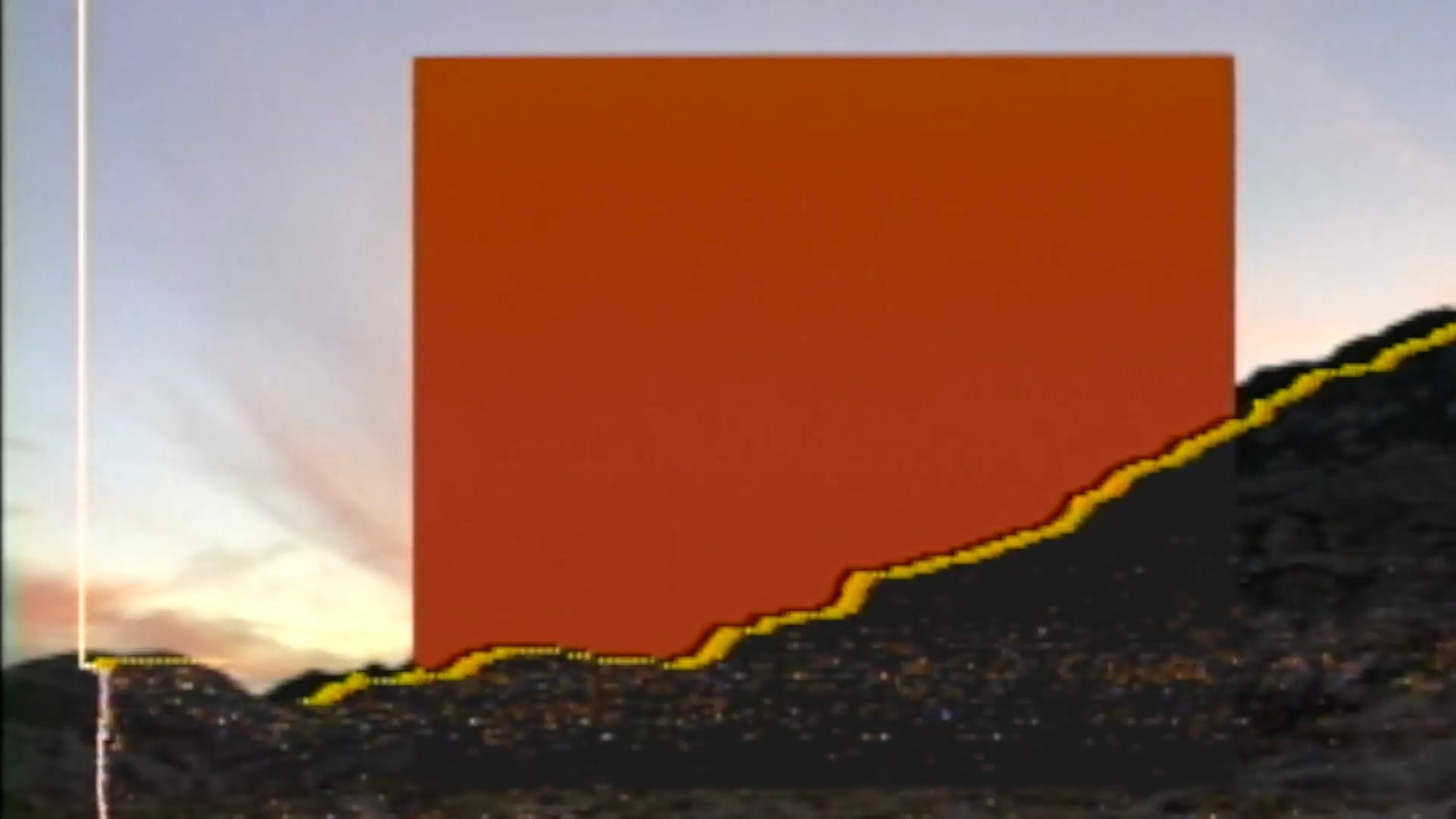
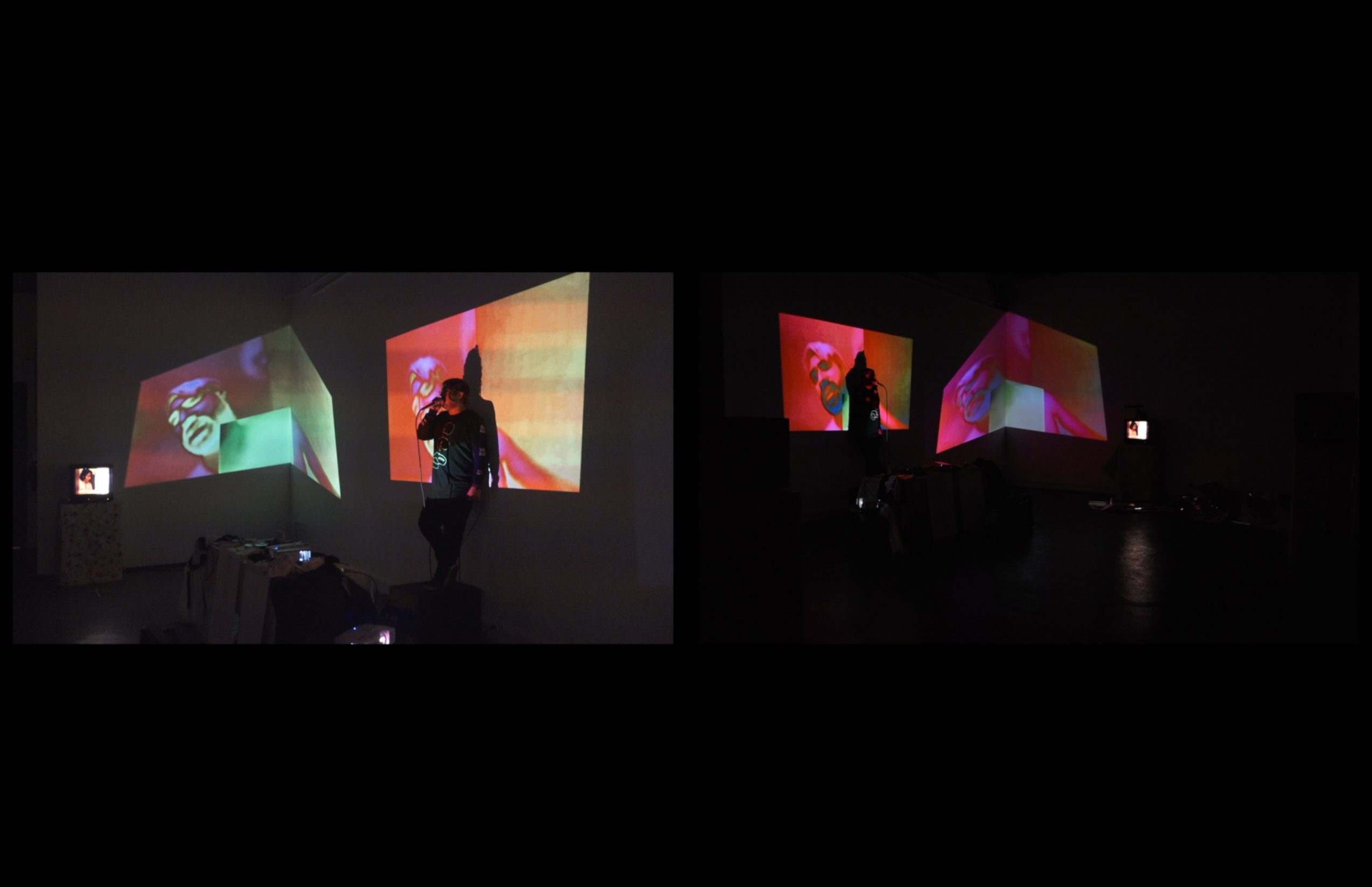


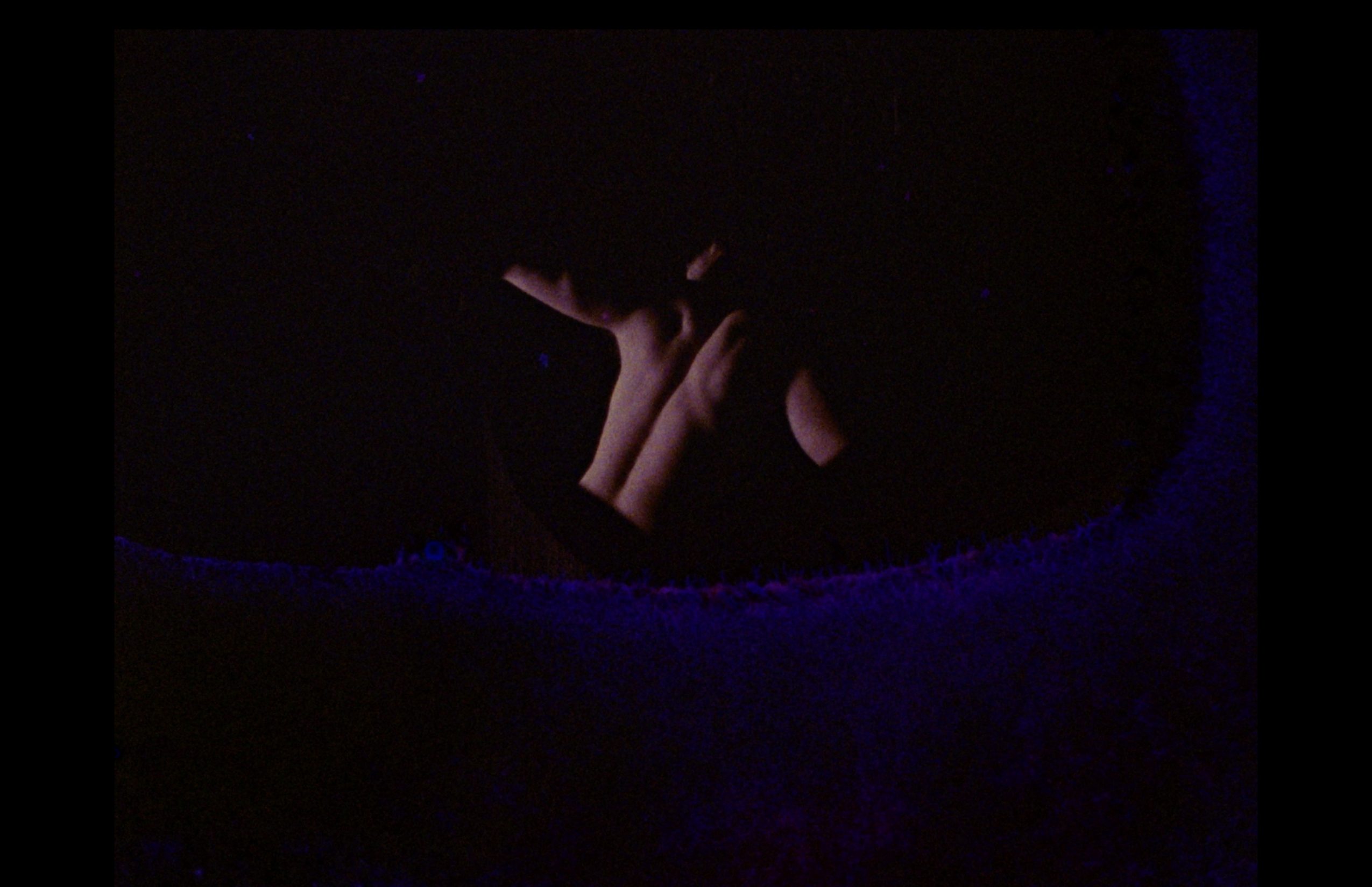
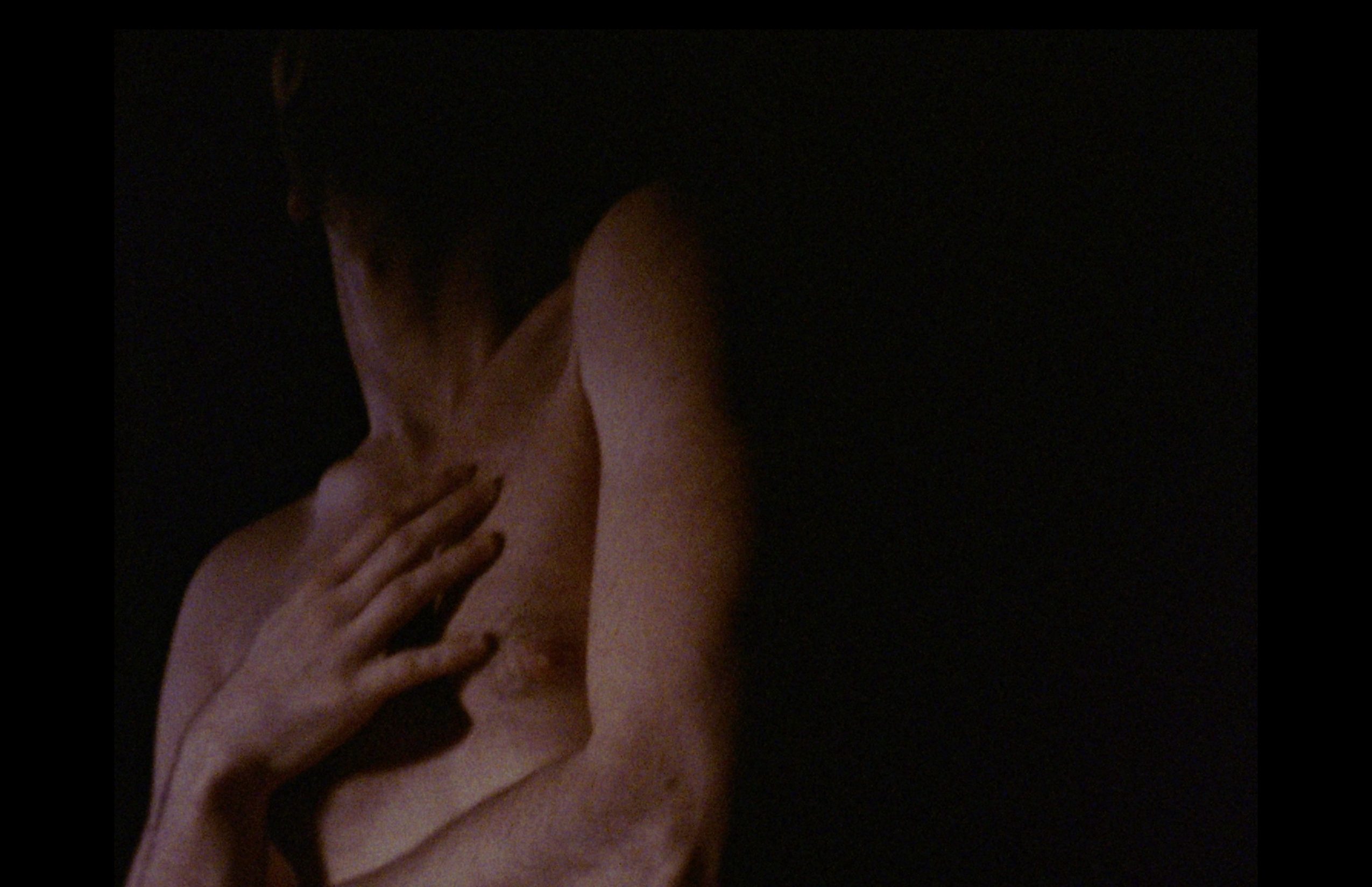


Image Credits
All images by Josias Lopez


